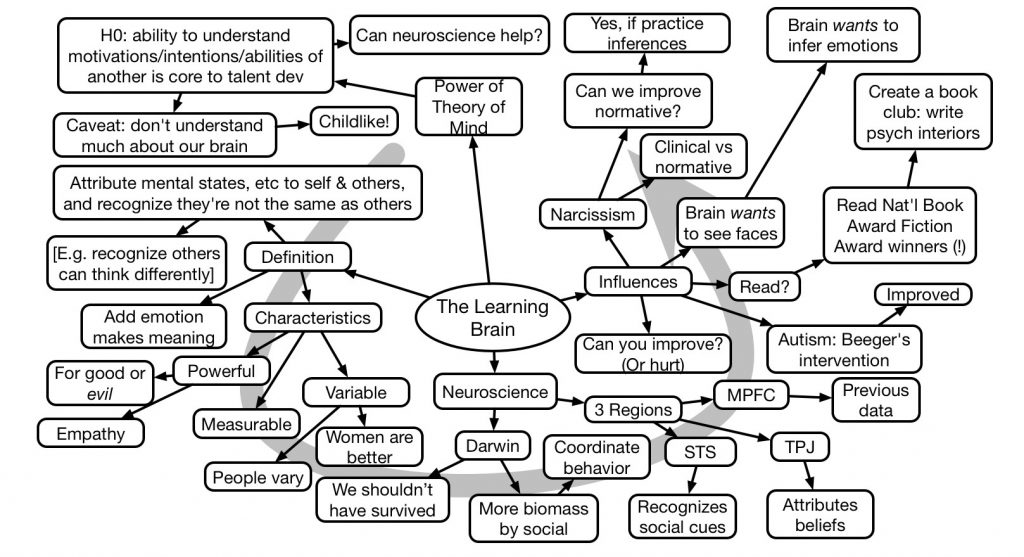 Another response to my request for topics asked about moving from the classroom to the ‘fringe’. Here, I have a very simple response: the case studies in Revolutionize Learning & Development. Each was chosen and structured to talk about the context, specific situation, the plan, the results, and advice. Each also represents a diversity of settings and needs. These represent some folks working at the edge, away from the ‘event’.
Another response to my request for topics asked about moving from the classroom to the ‘fringe’. Here, I have a very simple response: the case studies in Revolutionize Learning & Development. Each was chosen and structured to talk about the context, specific situation, the plan, the results, and advice. Each also represents a diversity of settings and needs. These represent some folks working at the edge, away from the ‘event’.
Mark Britz, facing more experts than novices, structured his corporate university as a network, not a series of courses. Communities of Practice served as a model for this thinking. This included and Enterprise Social Network and a Knowledge Management system.
Jos Arets and Vivian Heijnin at Tulser talked through a case study working with a medical care organization. The problem was too much hierarchy. Using a Human Performance Improvement approach, they decentralized the work to more self-directed teams. The solution includes continuous assessment, mobile performance support, and coaching.
Coaching also played a role in the case study Jane Bozarth provided. The issue was solving workplace problems. Instead of courses, the solution connected those with demonstrable skills to mentor those who could benefit. A ‘yellow pages’ to find ‘in the moment’ help was also a part.
For an internal self-help solution, Allison Anderson developed a community of practice with events, portal, and a networking platform. Here, the issues was getting disparate groups performing similar functions (L&D) to share best principles.
I had Charles Jennings recount his actions while serving as CLO in a global organization. With a mantra of ‘from event to process’, he used the 70:20:10 framework to rethink a balance of ‘push’ and ‘pull’ services.
In the book, they tell the stories in their own words. They unpack the thinking behind their choices, ‘showing their work’. The contributions are very valuable, and I’m very grateful that they agreed to share them. For that matter, you should find and track these folks!
Each of these were chosen as exemplary of the type of thinking that takes us from the old model to the ‘edge’. We want to be looking holistically at how people think, work, and learn, and aligning our infrastructure (policies, technology, procedures, and culture) accordingly. This is the L&D part of a larger push to make the workplace more effective by making it more humane (read: more aligned with us).


